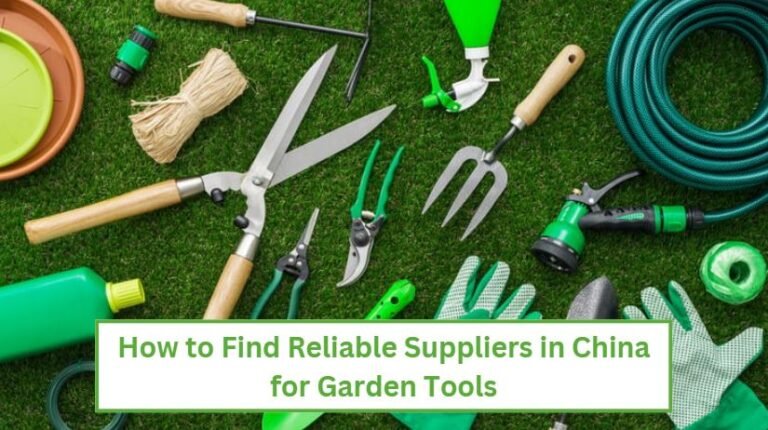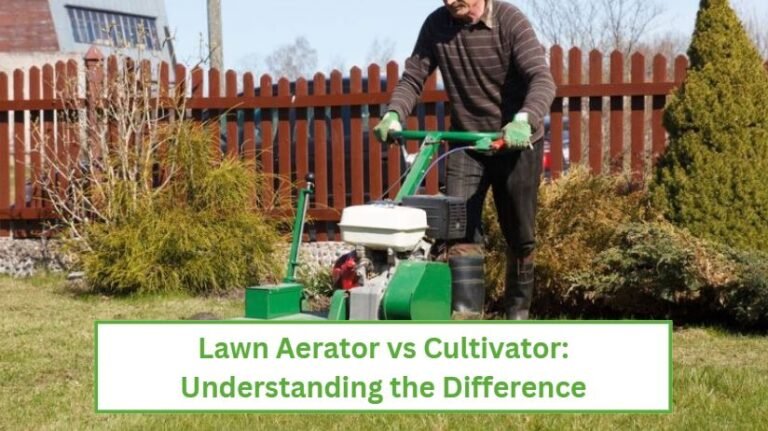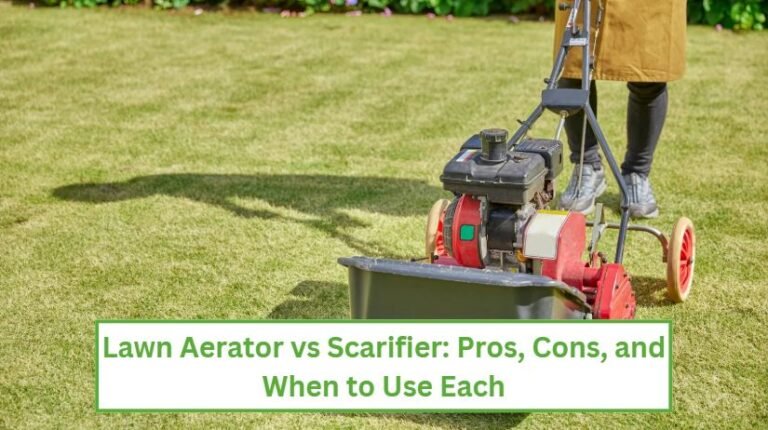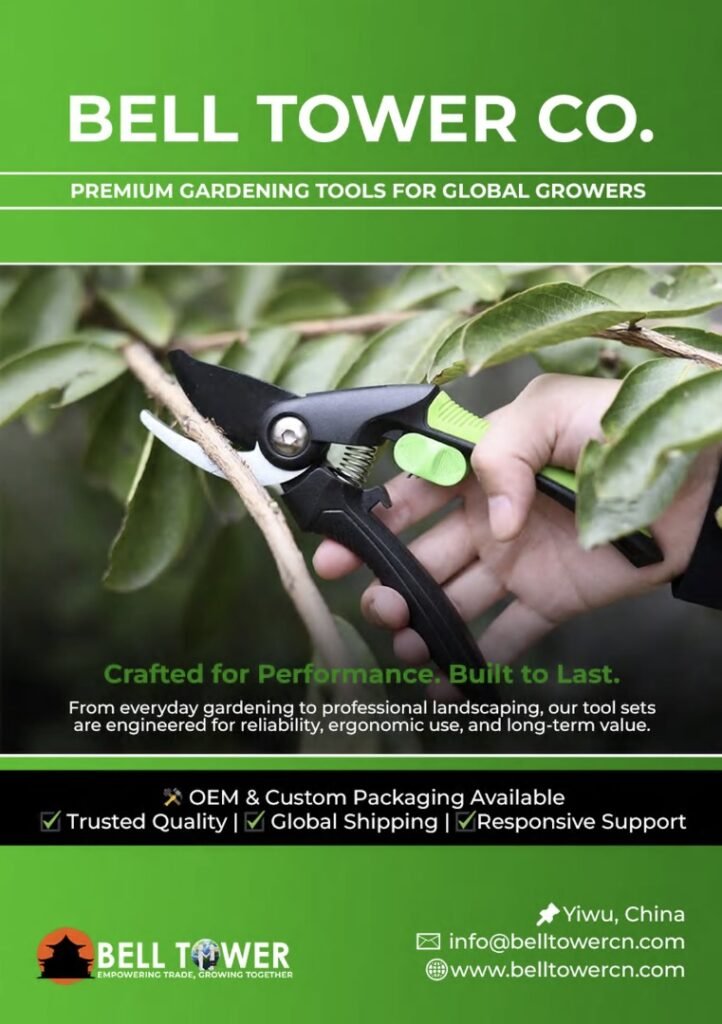Gardening has a way of calming the mind. It’s more than a hobby for many people; it acts as a therapy. But if you’re living with a health condition like arthritis, simple gardening activities like digging a hole or squeezing a pruner can turn into a painful experience.
Limited grip strength, painful joints, and stiffness can take the joy out of gardening. The good news is, working with the right tools and making small adjustments to your techniques can make all the difference.
These tools protect your joints and let you work more comfortably. In this guide, we’ll walk you through the features to look for in a gardening tool, the best types of tools to try, and some practical tips to make the entire experience easier on your body.
Why Gardening Can Be Difficult with Arthritis
Arthritis affects your joints; it causes inflammation, stiffness, and reduces mobility. That often means a weaker grip. And when you squeeze a gardening tool, like a pruner, your wrists feel the load.
Gardening tools aren’t generally designed with all that in mind. They can be heavy, slim-handled, and often require significant hand strength.
For instance, standard pruners demand a tight, repetitive squeeze, which puts extra pressure on your joints. And the challenge isn’t just discomfort in that moment; using the wrong gardening tools can leave your hands sore long after a gardening session.
And that’s why switching to ergonomic, arthritis-friendly gardening tools is a necessity for people who want to enjoy gardening while dealing with this condition.
Features to Look for in Arthritis-Friendly Gardening Tools
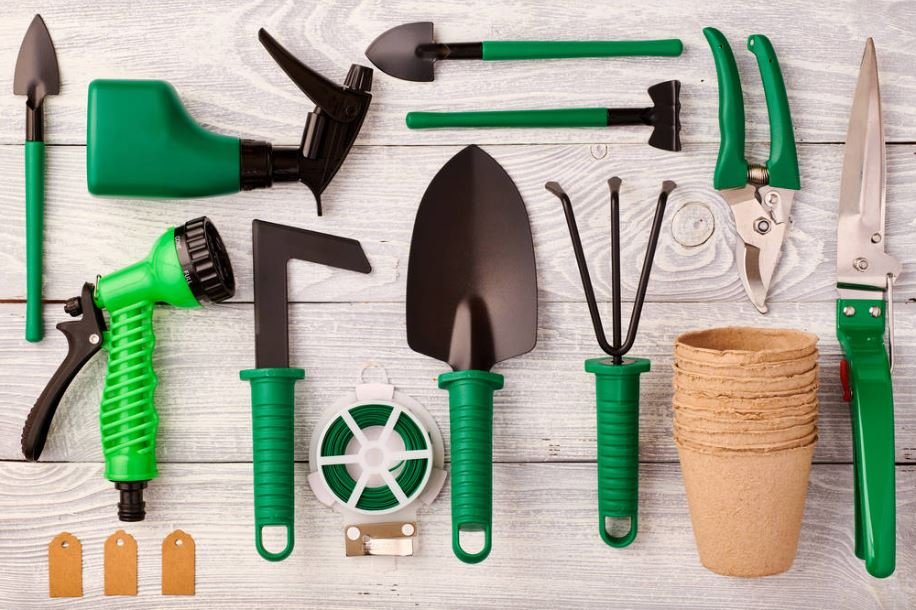
A gardening tool marketed as “Ergonomic” isn’t necessarily helpful. Look at the features that actually make a difference if you’re dealing with arthritis.
Lightweight Materials
The most obvious thing to look at is weight; heavy tools cause more strain. You want to look for tools made of lightweight materials like aluminum, fiberglass, or even durable plastic.
The goal is to use a tool that’s light enough without sacrificing the strength needed for effective functioning and longevity.
For instance, an aluminum hand trowel can weigh half as much as a steel one but still handle tough soil.
Ergonomic Handles
The shape of the handle matters just as much as the tool itself. Cushioned grips distribute pressure evenly across your hands, while rubber coatings tend to reduce slipping.
Also, wider handles are easier to grip than narrow ones. Handles with an angled design can be more comfortable as they give you better leverage.
Long Handles and Extensions
Long-handled tools can be lifesavers when bending and kneeling are a problem. Rakes, hoes, and weed pullers with extended handles let you work while standing upright instead of crouching down.
Angled or Ratcheting Mechanisms
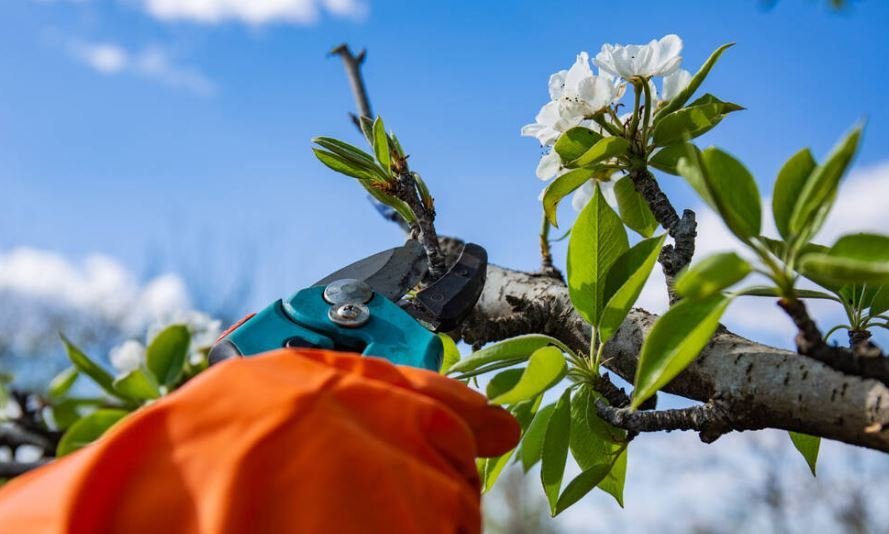
Cutting through thick plant material requires strength, but the right tools, like a ratchet pruner, solve this problem. Ratchet pruners work in stages; you squeeze once, the blade locks at that position, then you squeeze again to complete the cut.
So instead of one stronger squeeze, this spreads your effort over multiple smaller squeezes.
Best Gardening Tools for Arthritic Hands
Let’s talk about the key tool categories that can make your gardening easier with arthritis.
Ratcheting Pruners and Scissors
Pruning is one of the most challenging tasks for arthritic hands. Traditional pruners can stress your hands, but the ones with a ratchet mechanism make squeezing way easier.
They cut in stages, so you don’t have to make the cut in one go. Multiple cuts mean multiple small squeezes.
Spring-action scissors are another smart choice. They automatically reopen after each cut, so you’re not fighting against the tool with every squeeze.
Recommended tool for arthritic patients: Bell-005-EPS Electric Pruning Shears
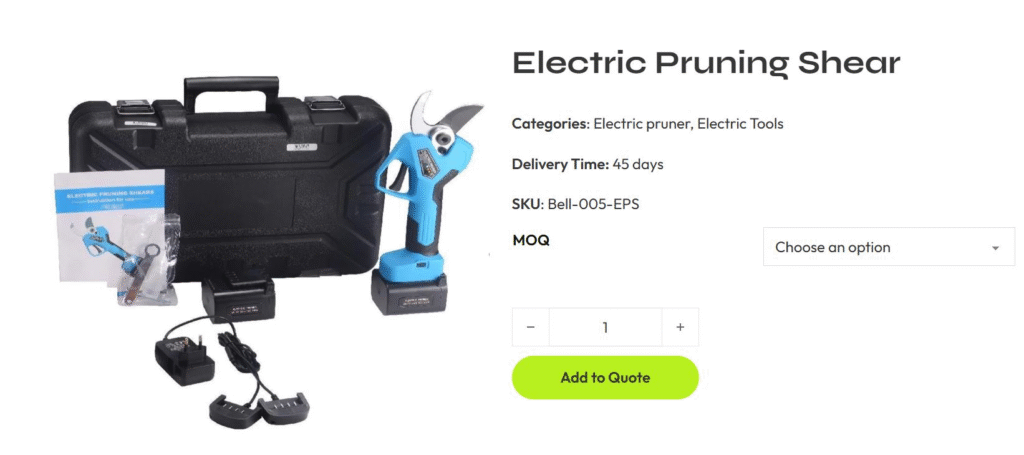
Lightweight Watering Tools
Watering cans weigh around ten pounds or more when they’re full, which makes them tough to lift and carry around.
You want to look for alternative ways to water your plants, such as a lightweight hose with a soft-grip spray nozzle or one of these options:
- Drip irrigation system: delivers water slowly at the base of plants
- Soaker hose system: Hoses with tiny holes that let water seep directly into the soil
- Sprinkler system: Sprays water over a larger area, either fixed or rotating
Adaptive Gardening Accessories
Gardening accessories can make just as much difference as tools; garden kneelers with sturdy side handles, for instance, give you support when you bend down or stand back up. Similarly, rolling garden seats allow you to move around the garden easily.
Foam tubing or slip-on handle grips can make narrow handles easier to hold, while wrist braces or gloves provide extra support during long gardening sessions.
Tips for Making Gardening Easier with Arthritis
Having the right tools and accessories can help a lot, but only when you know how to use them correctly. Here are some tips:
- Time it right: Work in cooler parts of the day or when your joints aren’t stiff
- Take breaks often: Don’t push yourself to finish a big job in one go. Work in small 15 – 20-minute sections
- Use raised beds or containers: Bring the soil closer to your hands; it’ll eliminate the need for bending and kneeling
- Wear arthritis gloves: Compression gloves support your joints, reduce swelling, and improve your grip
Frequently Asked Questions
What Are the Best Gardening Gloves for Arthritis?
The best gloves for arthritis would have padded palms and non-slip grips. By wearing them, you can avoid swelling, hold the tools securely, and minimize the chances of pain.
Can Gardening Worsen Arthritis?
Overdoing it and using the wrong tools can make it worse. But with accessories like raised beds, regular breaks, and ergonomic tools, gardening can actually help you stay active and healthy.
Are Raised Beds Better for Gardeners with Arthritis?
Yes, raised beds eliminate the need for kneeling or bending by putting your plants at a comfortable height. They’re especially helpful with flowers and vegetables that require frequent care.
Where Can I Buy Gardening Tools for Arthritis?
You can buy them on a reliable online e-commerce store like Belltower. We offer gardening tools at wholesale rates without compromising on quality.
Conclusion
Arthritis may change the way you garden, but it doesn’t have to stop you from enjoying it. Lightweight, cushioned, and ergonomic tools reduce hand strain, making gardening more convenient and efficient.
From ratcheting pruners to long-handled weeders, the right tools allow you to enjoy gardening instead of feeling pain in your joints. So if you’ve been hesitating to pick up your tools, consider upgrading to arthritis-friendly versions.

